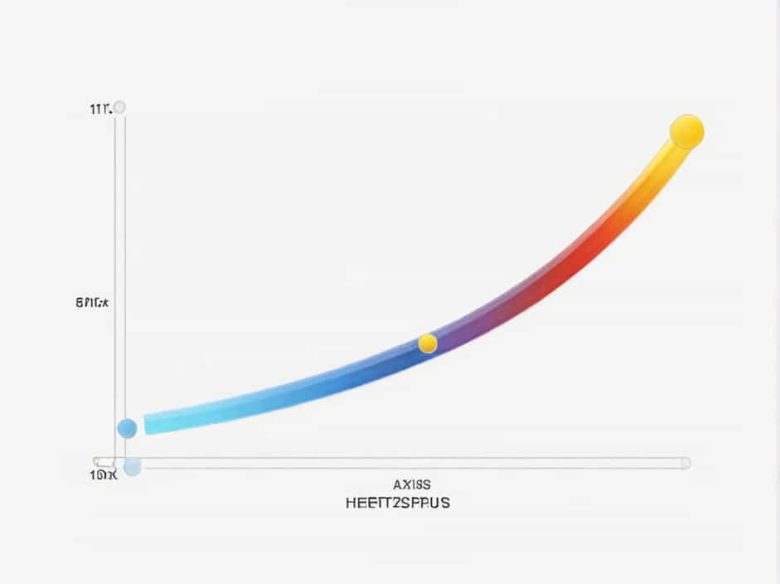The Hertzsprung-Russell (H-R) diagram is one of the most important tools in astrophysics. It visually represents the relationship between a star’s luminosity, temperature, and evolutionary stage. The diagram’s Y-axis plays a crucial role, as it represents a star’s brightness in various forms. But what exactly is plotted on this axis, and why is it significant? This topic will explore the Y-axis of the H-R diagram in detail.
1. What Is the Hertzsprung-Russell Diagram?
The Hertzsprung-Russell diagram is a scatter plot that classifies stars based on their temperature and luminosity. It was independently developed by Ejnar Hertzsprung and Henry Norris Russell in the early 20th century.
A. The X-Axis vs. Y-Axis
- The X-axis represents the temperature of stars, decreasing from left to right.
- The Y-axis represents luminosity or absolute magnitude, depending on the version of the diagram.
2. What Does the Y-Axis Represent?
The Y-axis of the H-R diagram typically represents one of two measurements:
A. Luminosity (Solar Units)
In many versions of the H-R diagram, the Y-axis is labeled as luminosity, measured in solar units (L☉). This indicates how much energy a star emits relative to the Sun.
- The Sun has a luminosity of 1 L☉.
- Brighter stars have luminosities greater than 1 L☉.
- Dimmer stars have luminosities less than 1 L☉.
For example:
- Rigel (a blue supergiant) has a luminosity of about 120,000 L☉.
- Proxima Centauri (a red dwarf) has a luminosity of only 0.0017 L☉.
B. Absolute Magnitude
Another way to measure brightness is by using absolute magnitude (M). This system defines a star’s brightness if it were placed at a standard distance of 10 parsecs (32.6 light-years).
- Lower magnitude values indicate brighter stars.
- Higher magnitude values indicate dimmer stars.
For example:
- Sirius (M = 1.42) is very bright.
- A dim white dwarf (M = 15 or more) is much fainter.
3. Different Scales on the Y-Axis
Depending on the version of the H-R diagram, the Y-axis may be labeled differently:
| Y-Axis Label | Measurement Type | Example Values |
|---|---|---|
| Luminosity (L☉) | Energy output relative to the Sun | 0.0001 L☉ to 1,000,000 L☉ |
| Absolute Magnitude (M) | Standardized brightness | -10 (very bright) to +15 (very dim) |
4. Star Types and Their Position on the Y-Axis
Stars appear in different regions on the Y-axis depending on their brightness:
A. Main Sequence Stars
- The majority of stars, including the Sun, lie along the main sequence.
- These stars follow a clear pattern where hotter stars are more luminous.
B. Giants and Supergiants
- Located at the top of the diagram, with high luminosities.
- Example: Betelgeuse (supergiant, very bright).
C. White Dwarfs
- Located at the bottom, with low luminosities.
- Example: Sirius B (a faint white dwarf).
5. Why Is the Y-Axis Important?
The Y-axis of the H-R diagram helps astronomers determine:
- How much energy a star emits.
- A star’s evolutionary stage.
- Its classification (main sequence, giant, white dwarf, etc.).
The Y-axis of the Hertzsprung-Russell diagram is a crucial component that represents a star’s brightness in terms of either luminosity (solar units) or absolute magnitude. Understanding this axis helps astronomers classify stars and track their evolutionary paths. Whether using luminosity or magnitude, the Y-axis provides valuable insight into the life cycle of stars.



